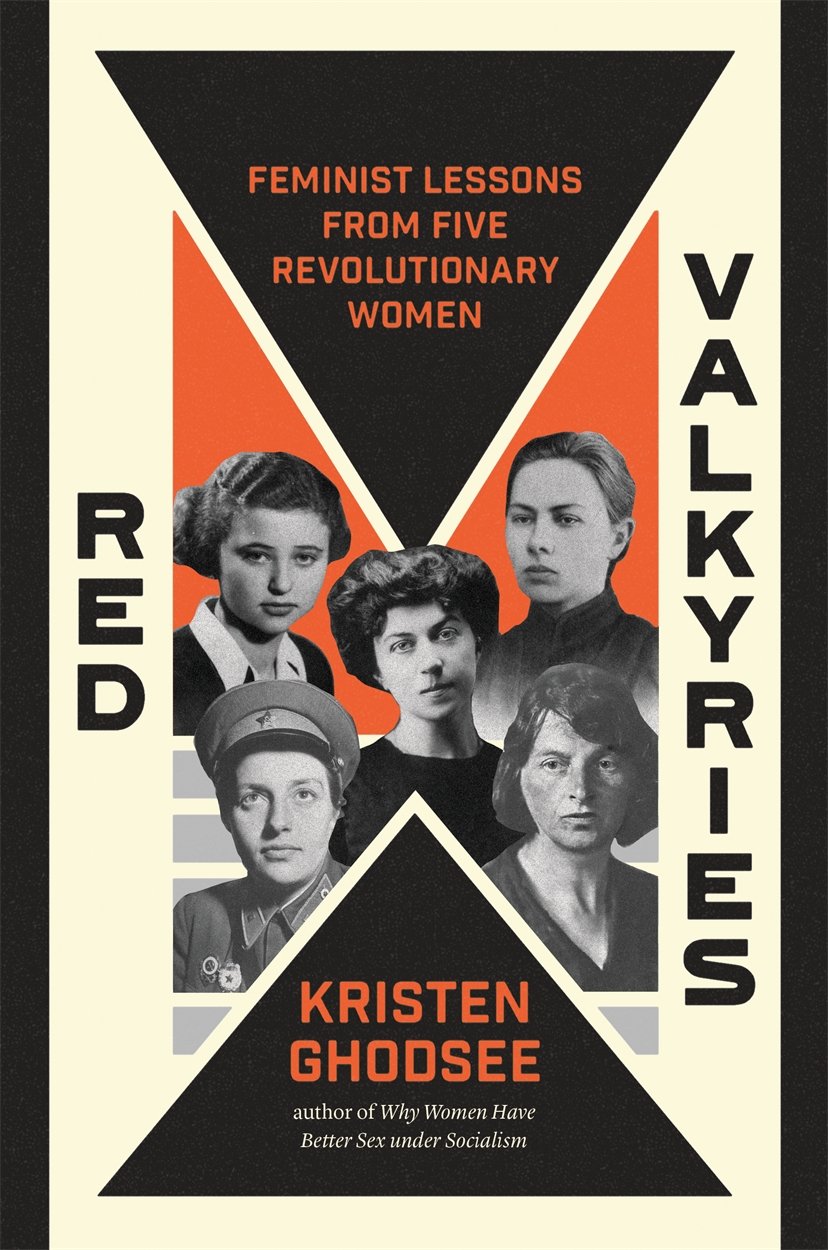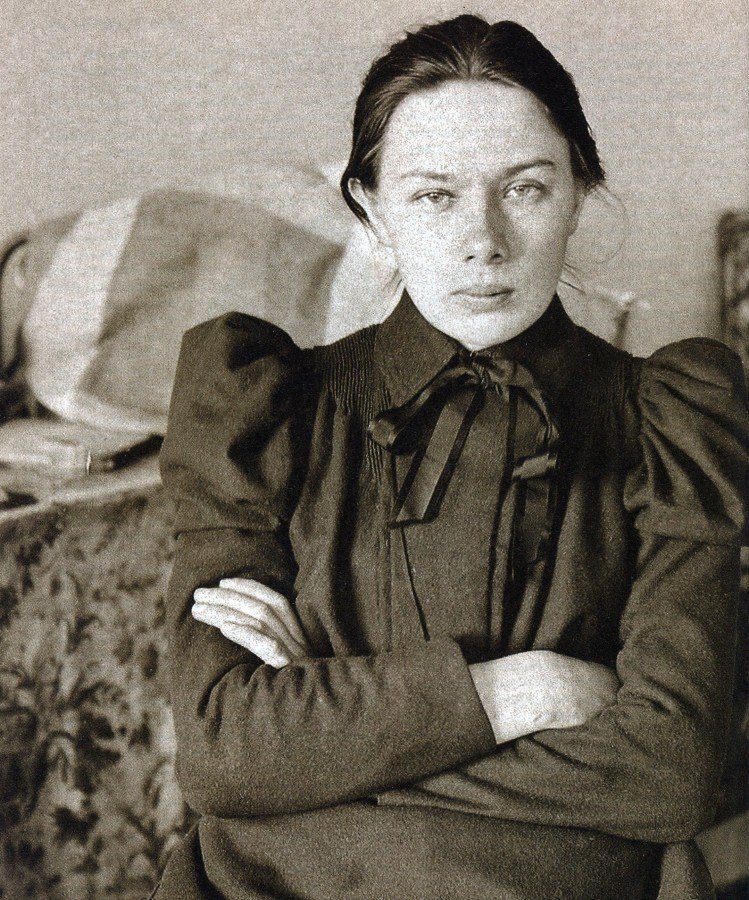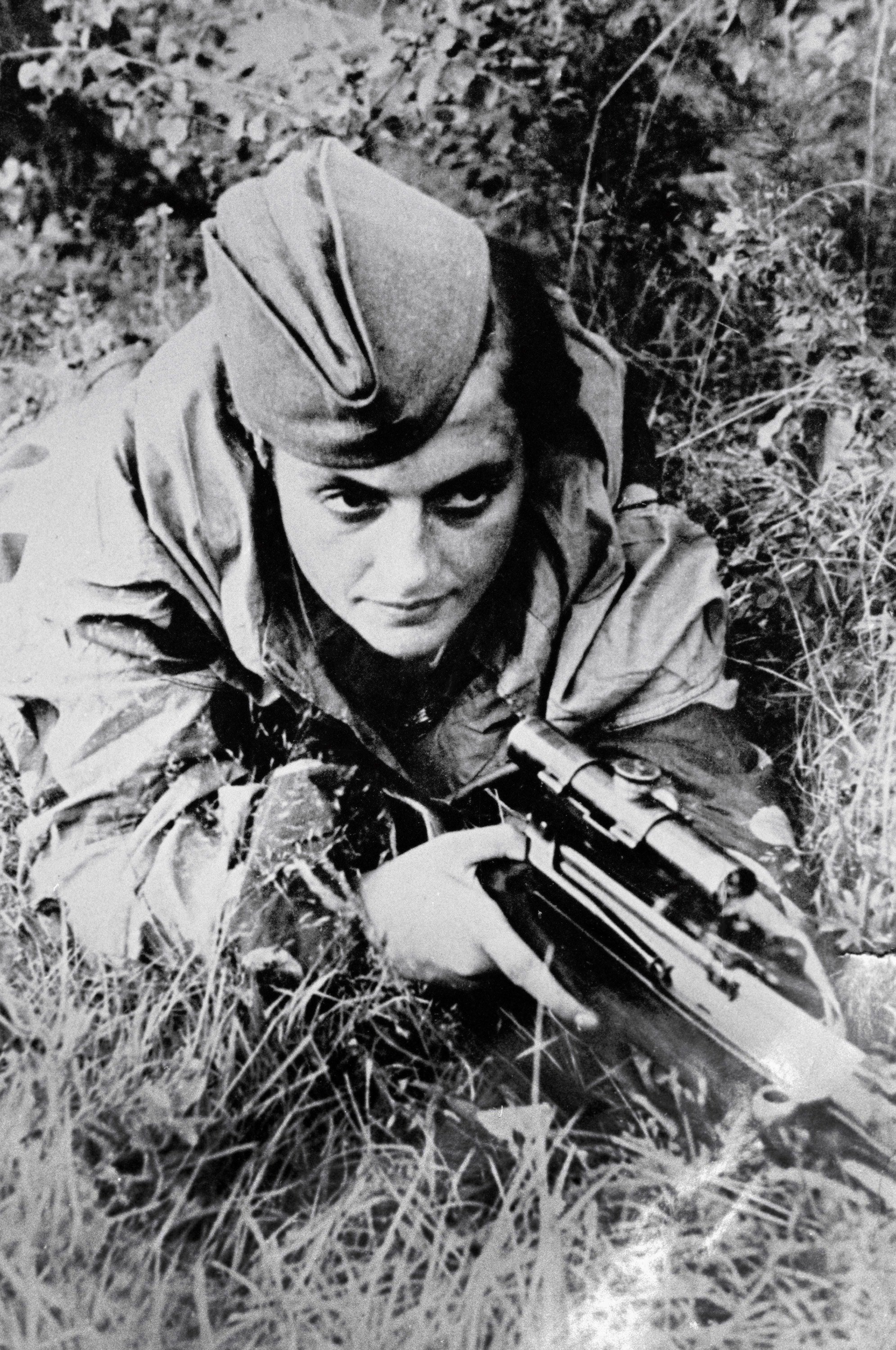
THE FIRST THING to like about Kristen Ghodsee’s Red Valkyries is how it disentangles liberal feminism from socialist feminism in easy language. Capitalism sits well with the former, she writes, because
promoting women into executive positions may save their employers money (as women are generally paid less than men). The expansion of social services, on the other hand, costs money, and that means raising taxes or promoting more radical means of redistribution and thereby reducing private profits.
Sometimes I think I spend half of my life clarifying the distinction between liberal and socialist feminism for different audiences, not least for my daughter’s generation. Now in her early teens, she grew up in a society awash with liberal feminist propaganda, encouraged to become a self-made “girlboss” entrepreneur. In fact, becoming the superwoman who has solved the tension between production and reproduction by doing it all with minimal assistance from public services is glorified self-harm. Some will leverage their class privileges to fill in for absent public services by hiring domestic help. This help will most likely come from someone of an impoverished class, often racialized as nonwhite and usually gendered as women, who will take over their employers’ reproductive labor while being forced to leave behind their own. I don’t know where my daughter will exist on this continuum of exploitation, but I hope she’ll build a better world.
Ghodsee gives each of the titular “five revolutionary women” her own chapter, but patterns arise. The early-USSR Bolshevik revolutionaries—Alexandra Kollontai, Nadezhda Krupskaya, and Inessa Armand—were concerned with upending the world order for men and women alike and breaking entirely with the oppressive past. They aimed to improve the lives of women, not primarily by getting men to share the unpaid care work of the nuclear household but by distributing this work equally across society with the help of public funds.
Many of the necessary policies were crafted by the Zhenotdel, the section of the Communist Party tasked with the oversight of women’s affairs under Lenin’s rule during the first decade of the USSR. The Zhenotdel managed public canteens, laundries, and children’s homes; developed programs for public education; legalized abortion on demand in public hospitals; and advocated economic independence as a pathway to women’s emancipation from the patriarchal structures that benefit capital. This body represented an institutional attempt at dismantling class society by rethinking family relations. Another important goal of the Zhenotdel was to create a socialist morality, an evolution away from the bourgeois family values that hid the domestic bondage of women behind the banner of selfless love. This alternative morality was pursued via two decrees, one that replaced church marriage with civil marriage, another that liberalized divorce. They became part of the new Soviet Family Law, which overturned “all laws that rendered women the property of their fathers and husbands and abolished the church’s control.”
Kollontai and her comrades hoped that these policies, once implemented, would lead to the “eventual obsolescence of the bourgeois monogamous family” as a prerequisite for eventually achieving communism. In Armand’s words: “If women’s liberation is unthinkable without communism, then communism is unthinkable without women’s liberation.” Revolutionizing education was another important focus. Krupskaya described bourgeois education for the poor as a system designed to create undereducated “docile slaves.” She designed a socialist pedagogy in which teachers would serve as “intellectual midwives for independent thoughts and ideas.” The goal of education, she argued, should not be to produce future workers, according to the projected needs of industry, but citizens of a future classless society. Her thinking was never entirely put into practice, but, as Ghodsee writes, “her theories did prove an essential foundation for later radical educators.”

Many of these revolutionary measures had immediate positive effects. They decreased the domestic work that was almost exclusively women’s burden. Women could control the number of children they had, and these children received food and education guaranteed by the state. For Russia’s peasantry and proletariat this represented a significant change within a short period of time. Moreover, women joined the workforce in great numbers, which offered them financial independence from men. It was not all smooth sailing, however. Conservative forces within Russian society mounted significant resistance; some women thought that a breakdown of the nuclear family would separate them from their children. Nevertheless, the policies were widely implemented but also had unintended consequences. With some of the domestic work socialized and divorce easily accessed, men became even less involved in household matters.
The tide began to change for Soviet feminism in 1930, when the Zhenotdel was dissolved under Stalin’s rule. The idea had taken hold in the party that women’s issues now no longer needed separate policies and women’s emancipation would happen along with everyone’s emancipation. During the decade that followed, the ideals of Kollontai, Krupskaya, and Armand met harsh economic and political realities. Some were adjusted, others entirely abolished. Because the collectivization of social reproduction remained incomplete, women still had to keep house and raise children on top of their demanding jobs. Under Stalin, abortion became illegal in order to ensure that demographic supply would meet economic and nationalist needs. Family values returned to the conservative and restrictive mold of the era before the Zhenotdel. Education pivoted even further away from Krupskaya’s ideals. Lenin had already rejected nonhierarchical education in favor of early specialization in line with the needs of industry, and this continued under Stalin. Gifted children were quickly identified and offered top education, while others were channeled early on toward manual professions and their intellectual development was neglected. Given the lack of access to education for the poor during the period prior to October 1917, this system still offered significant social mobility and vastly better lives to many. It did not, however, help to realize the classless society Kollontai, Krupskaya, and Armand had dreamt of. Armand died in 1920 and didn’t have to watch her life’s work collapse, but Kollontai and Krupskaya lived for another couple of decades. They were marginalized and silenced while Stalin’s authoritarian policies reversed many of their achievements for women’s emancipation.

IT’S SIGNIFICANT, GHODSEE points out, that the early revolutionaries were from aristocratic or bourgeois families, while Lyudmila Pavlichenko and Elena Lagadinova, the two women whose adult lives unfolded after the October Revolution and the arrival of state socialism to Eastern Europe, respectively, were born in poverty. The earlier revolutionaries transcended their bourgeois upbringings to create the more socially mobile world which gave the latter women access to power. Lagadinova headed the Women’s Committee responsible for leading “a Bulgarian women’s revolution.” She conducted the first wide-ranging survey asking women what they wanted, and the results were transposed into policy such as child allowances, paid maternity leave, kindergartens, and public canteens. Similar reforms were instituted across the Eastern Bloc with mixed success—Ghodsee argues that the imperfect outcomes were due in part to a global economic context that forced states to prioritize production over reproduction, as well as the shortcomings of centralized economies revolving around productivism. But these social dreams, developed by the revolutionaries discussed in this book, remain the major goals of socialist feminism today.
Ghodsee concludes her book with a summary of traits useful for revolutionaries: have comrades, forget your ego, be an autodidact and never stop learning, remain receptive to new ideas, build coalitions, use your aptitudes for the greater good, never give up, remain engaged, rest. She does a superb job of translating revolutionary aspirations to the language of the contemporary cultural moment. She also emphasizes those aspects of women’s lives that are easily recognizable across ideological lines, such as sexism and harassment. On the other hand, she is too enthusiastic about war and military metaphors. She opens the book with Lyudmila Pavlichenko, a World War II sniper, one of the eight hundred thousand women who enlisted in the Red Army as a pathway to social mobility. But in mid-2022, we are no longer naïve about what militaristic patriotism means for the lives of ordinary people; by now, we know there are no working-class winners in any war.
The most important contention of Ghodsee’s book is historical fact: “The entire history of socialism cannot be reduced to the horrific crimes of Stalinism.”
The most important contention of Ghodsee’s book is historical fact: “The entire history of socialism cannot be reduced to the horrific crimes of Stalinism.” State socialism in the USSR and Eastern Europe, for all its many flaws and failures, increased the life expectancy of poor people by decades, achieved near-universal literacy in a chronically illiterate population, brought child mortality rates down to Western levels, educated everyone, and allowed women an unprecedented degree of social equality. It was one of the most successful instances of social dreaming becoming reality within the life-span of a generation, thanks to the vision and hard work of these women and many more. Too often we allow the terrible historical conditions in which the Soviet Union formed, existed, and disintegrated to obscure the value of the original ideals that led to its establishment, ideals that still ring true for working-class women today.
The political moment is again open to systemic change, after decades of fragmentation of the struggle. Who are today’s Red Valkyries? Some of them are in the US, fighting for racial justice in the streets or doing squad work in Congress on behalf of exploited populations. Others are in Latin America, mobilizing people for feminist strikes, for safe and legal abortion, and against the violence of international finance institutions. In Europe, they lead struggles for housing justice. In occupied Palestine, they stand up to apartheid. We may not know their names, but we don’t need to. One doesn’t have to be a communist to understand that no individual brings about fundamental changes alone. Successful revolutions are the sum of collectives coming together and doing the work: BLM, Ni Una Menos, Căși sociale ACUM!, BDS, Czarny Protest, to mention just a few. The good news for the kids, who, at times, we quietly fear might turn out to be part of Generation Terminus, depleted in their youth and with lives stumped by capitalogenic climate change and imperialist wars, is that they don’t have to grow up to build capitalism. Of course, any utopia first needs to be imagined. For that endeavor, Ghodsee’s gripping book, with its important ideas distilled (yet not made banal) for those who might be encountering them for the first time, is available.

